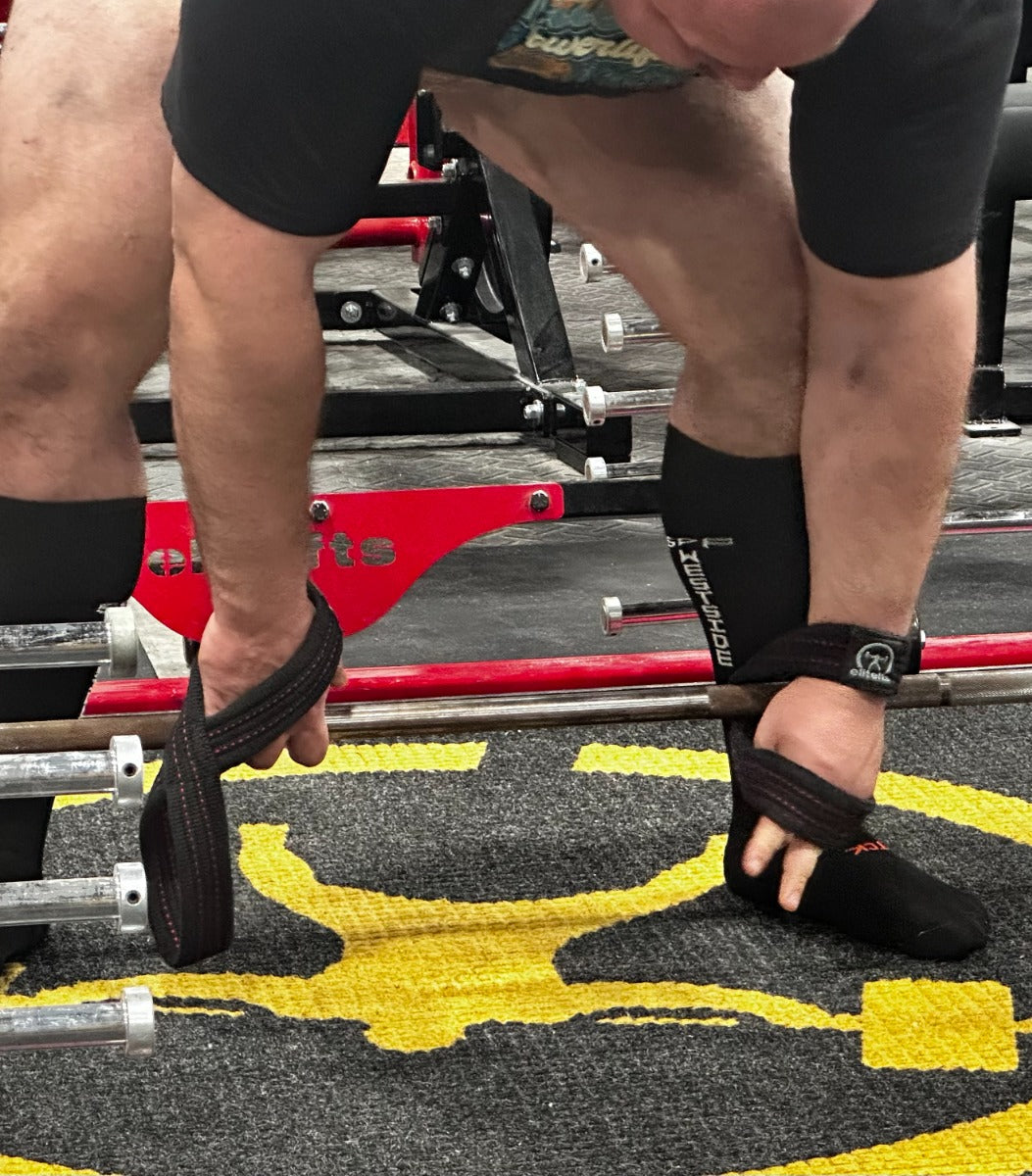
1. Speed ladder
We’ve all seen the speed ladder. They’re in every equipment dealers’ catalog and have been a staple in every high school coach’s weight room since 1220 BC. Honestly, my first thought when I look at this piece of equipment is that it works a very small movement pattern. Seriously, which sport moves in a twelve-inch by twelve-inch square? However, because I’m always looking for new ways to challenge my athletes, I figured I would look for a way to implement it in my program (I got one for free). I first looked at my warm up. We start with small movements and progress to big ones. That was an “Ah ha” moment. My dynamic warm up starts with small movement patterns, and the speed ladder does just that. I put it in my dynamic warm up, and it has worked like a champ. We started with quick feet, went to high knees, and then moved to the lateral shuffle. We were then ready to move on to larger movement patterns like lunge and twists and the world’s greatest stretch.

2. Resisted sprinting
The speed sled and the parachutes are both things you’ve probably seen in any sports performance program. When programmed correctly, these are both great tools in the tool box of any performance coach. The key word in that phrase is “when programmed correctly.” These items are great for working on force production and stride frequency, but they neglect stride length. For sprinting and acceleration, it’s important to remember the following formula: Stride frequency + stride length = speed It’s imperative not to forget the stride length and force production aspects. Just as one would balance a resistance training program with press movements and pull movements, the performance coach should balance frequency drills with length drills. My favorite for developing stride length and power are push-up starts. With push-up starts, you start with the athlete’s front foot and both hands on the starting line. The rear leg should be completely straight. Then have the athlete drive off of the front leg and pull the rear leg through as quickly as possible. Again, the point of the drill is to teach the athlete to “get long” when sprinting.3. Cone drills
I still use cone drills such as the three-cone drill and the pro agility drill among others in my agility training. The thing is, when in sports do we ever have a set movement pattern? This kind of goes back to number one. When do we ever play sports in this fashion? We don’t.Developing real athletic speed
People learn in three ways. They are visual learners, auditory learners, or tactile learners. Besides the fact that it’s a set movement pattern, the cone drills only address one third of the equation—the visual learners. In sports, we must be able to learn by all three methods.- Offensive American football player listening to the quarterback’s cadence = auditory
- Defensive lineman feeling which way the offensive lineman is pushing him = tactile
- Soccer player reacting to a passed ball = visual
cones or floor at each change of direction point.











































































































